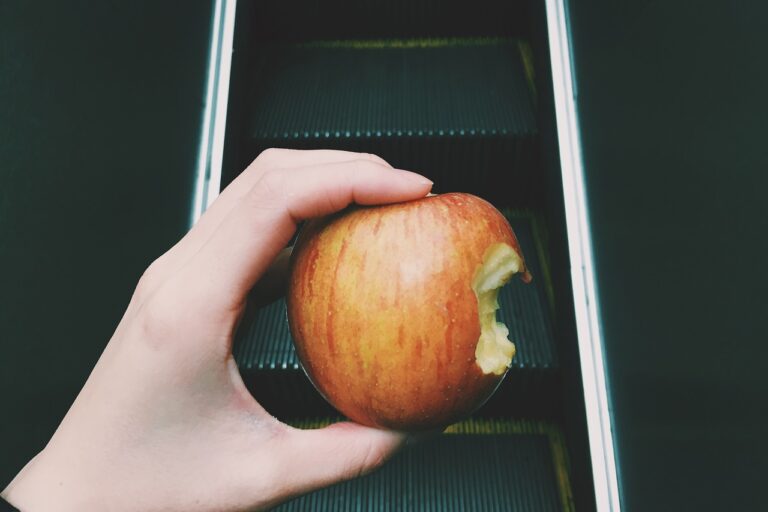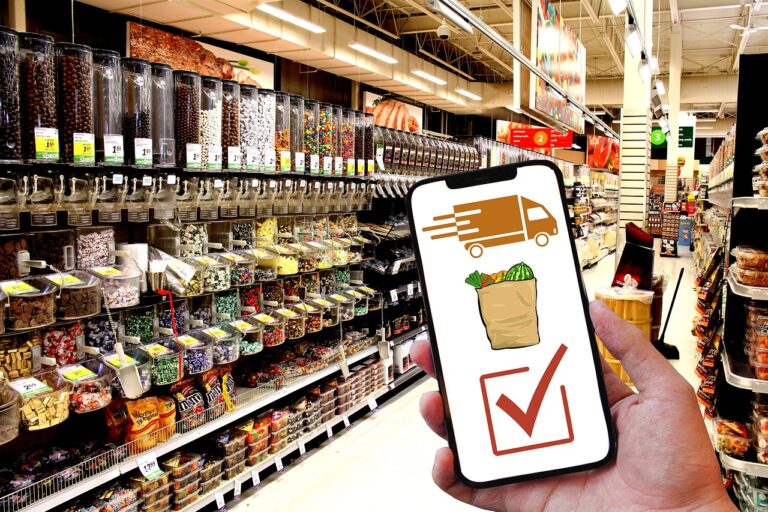The Impact of COVID-19 on the Food Industry: Adaptation and Innovation.
The COVID-19 pandemic brought about unprecedented challenges for restaurants worldwide. With the implementation of lockdowns and restrictions, many establishments were forced to close their doors temporarily, leading to significant financial losses. The sudden halt in dine-in services meant that restaurants had to quickly pivot their operations to offer takeout and delivery options, which posed logistical and operational hurdles.
Furthermore, the uncertain duration of lockdowns made it difficult for restaurants to forecast their business strategies and make necessary adjustments. The fluctuating guidelines and regulations added to the complexity, requiring restaurant owners to adapt rapidly to changing circumstances. This uncertain environment created immense stress for restaurant owners and employees, as they grappled with the unknown future of their businesses.
Shift towards Online Ordering and Delivery Services
Restaurants around the world have quickly adapted to the shift towards online ordering and delivery services. The convenience of ordering meals from the comfort of one’s home has become increasingly popular, especially during the lockdown periods. Customers can now browse through menus, place orders, and have their favorite dishes delivered right to their doorstep with just a few taps on their smartphones.
With the rise of online ordering platforms and delivery services, restaurants are exploring innovative ways to reach a wider audience and enhance customer satisfaction. Many establishments have streamlined their operations to accommodate the growing demand for takeout and delivery options. By leveraging technology and optimizing their delivery processes, restaurants are aiming to provide efficient and reliable service to meet the evolving needs of their patrons.
Changes in Consumer Behavior: Cooking at Home vs Dining Out
Consumer behavior has undergone a significant shift in recent times, particularly in the choices between cooking at home and dining out. With the ongoing global circumstances encouraging more individuals to stay indoors, the trend of preparing meals in the comfort of one’s own kitchen has gained popularity. This shift is not only driven by safety concerns but also by the convenience and cost-effectiveness of home-cooked meals.
Dining out, on the other hand, has seen a decline as people have become more conscious of their health and hygiene. The fear of potential exposure to the virus in public spaces has deterred many individuals from dining out at restaurants. This change in behavior has led to a surge in home delivery services and online grocery shopping, as consumers seek ways to enjoy restaurant-style meals in the safety of their homes.
What are some challenges faced by restaurants during lockdowns?
Restaurants have faced challenges such as reduced foot traffic, limitations on indoor dining capacity, and increased costs for implementing safety measures.
How has the shift towards online ordering and delivery services impacted restaurants?
The shift towards online ordering and delivery services has allowed restaurants to reach a wider customer base and adapt to the changing consumer behavior.
What are some changes in consumer behavior related to cooking at home vs dining out?
Many consumers have started cooking at home more often due to concerns about safety and health, while others have continued to support their favorite restaurants through takeout and delivery orders.







